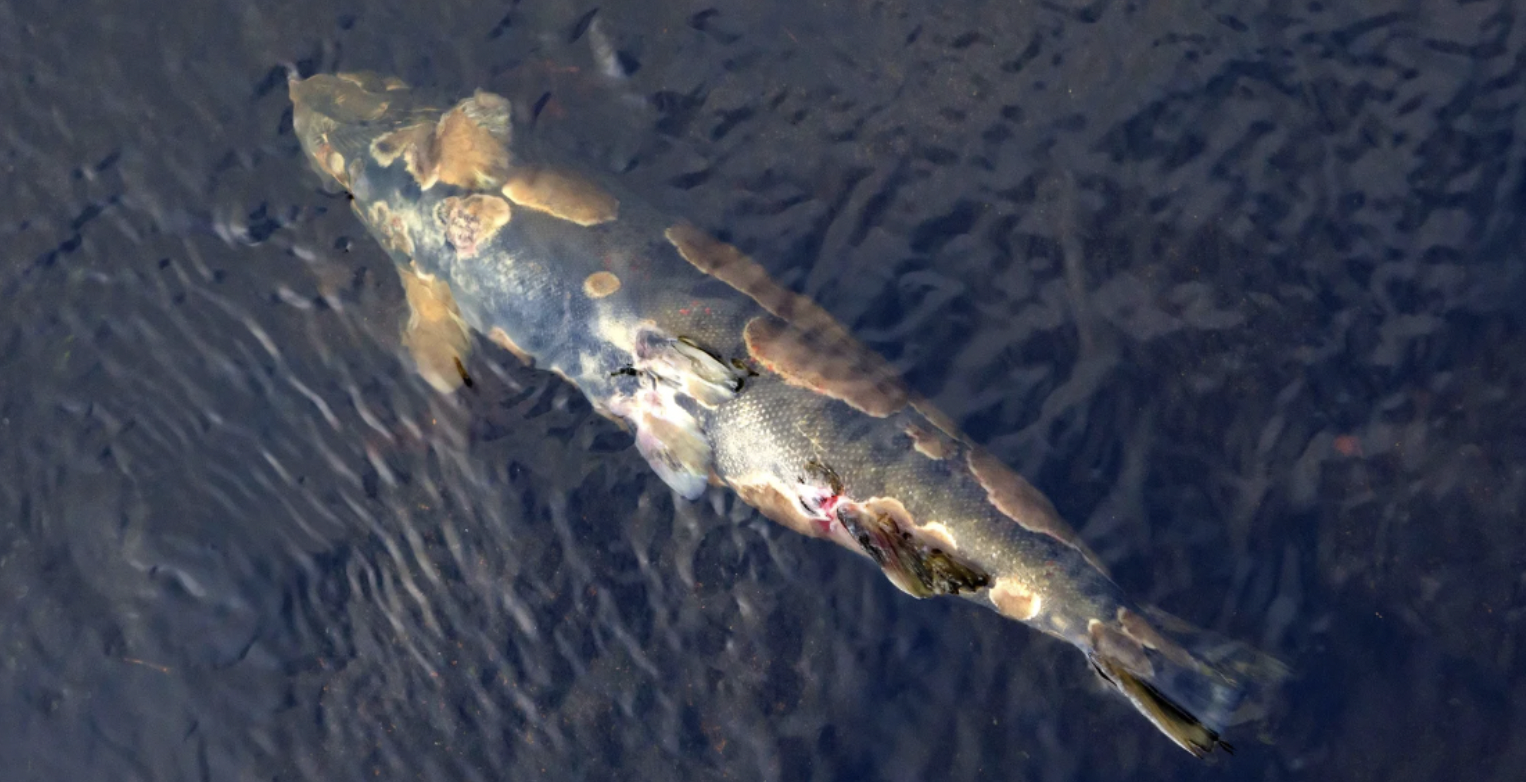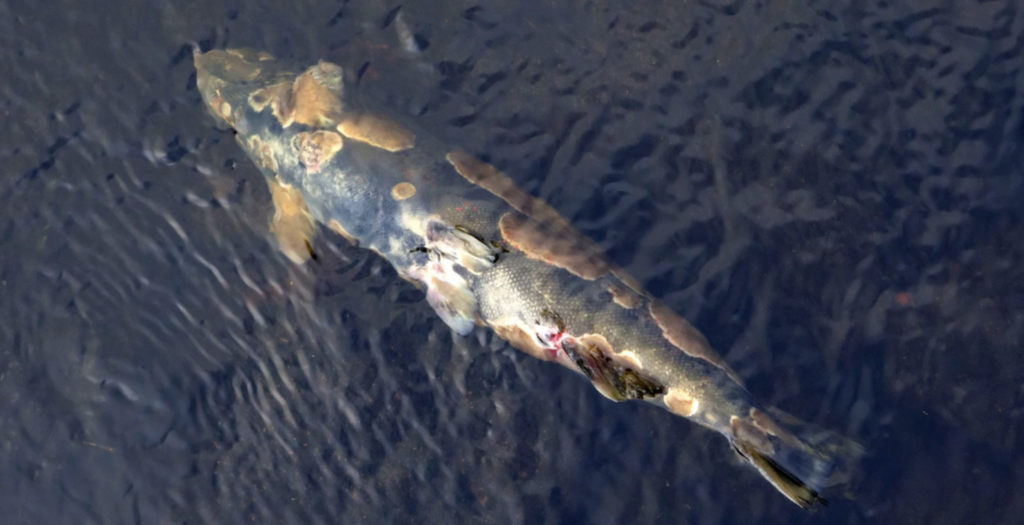
As the global appetite for seafood grows, the debate between farmed and wild-caught fish continues to intensify. Both options have their advocates and critics, but in 2025, a closer look at their environmental, social, and ethical impacts reveals that neither is truly sustainable. Let’s dive deeper into the issues surrounding these two sources of seafood.
The Problem with Fishmeal and Wild Fish Depletion
One of the critical challenges with aquaculture (fish farming) is its reliance on fishmeal and fish oil derived from wild-caught fish. Small pelagic fish such as anchovies, sardines, and menhaden are harvested in massive quantities to produce feed for farmed species like salmon, trout, and shrimp. According to recent studies, it can take up to five pounds of wild fish to produce just one pound of farmed salmon.
This practice not only contributes to overfishing but also disrupts marine ecosystems by depleting the food supply for larger predators, seabirds, and other species. Small fishing communities that rely on these fish for their livelihoods and local diets are disproportionately affected. The industrial-scale removal of wild fish for aquaculture feed often leaves these communities struggling to sustain their traditional ways of life, perpetuating economic and social inequalities.

The Environmental Toll of Open Net Pens
Farmed fish are often raised in open net pens in coastal areas or offshore waters. While these systems allow water to flow freely, they also facilitate the exchange of waste, chemicals, and diseases between the farmed fish and the surrounding marine environment. Excess fish waste leads to nutrient pollution, which can cause harmful algal blooms and dead zones, devastating local ecosystems.
Additionally, diseases and parasites, such as sea lice, can spread from farmed fish to wild populations, particularly in areas where migratory routes overlap with aquaculture sites. Efforts to mitigate these impacts often involve antibiotics and pesticides, further harming the environment and raising concerns about human health.

Wild-Caught Fish and Overfishing
Wild-caught fish might seem like the more “natural” choice, but the reality is far from ideal. Overfishing remains a critical global issue, with many fisheries operating beyond sustainable limits. According to the Food and Agriculture Organization (FAO), over 30% of the world’s fish stocks are overexploited, and nearly 60% are fully exploited.
Modern industrial fishing practices, such as bottom trawling and longlining, cause significant bycatch and habitat destruction. Non-target species, including turtles, dolphins, and seabirds, often get caught in fishing gear, leading to unnecessary deaths. Coral reefs and seafloor habitats, vital to marine biodiversity, are frequently damaged by fishing operations.
Moreover, small-scale fishing communities are often outcompeted by large industrial fleets, leading to economic hardship and the erosion of cultural traditions tied to sustainable fishing practices.
The Conclusion: Neither Farmed Nor Wild-Caught Fish Is Sustainable in 2025
When considering the full picture, it becomes clear that neither farmed nor wild-caught fish is a truly sustainable choice in 2025. Aquaculture’s reliance on wild fish for feed, environmental degradation from open net pens, and the socioeconomic impacts on small fishing communities make it a problematic solution. Similarly, overfishing, bycatch, and habitat destruction associated with wild-caught fish highlight the unsustainable nature of this option.
As consumers, we must recognize the urgent need to shift away from traditional seafood consumption. Alternatives such as plant-based seafood, lab-grown fish, and regenerative aquaculture systems that do not rely on wild fish for feed offer promising solutions. Additionally, reducing overall seafood consumption and supporting policies aimed at protecting marine ecosystems can help alleviate the pressure on our oceans.
In the end, the most sustainable choice may be to rethink our relationship with seafood altogether and embrace a more ocean-conscious diet. Only by addressing the root causes of these issues can we hope to preserve the health of our oceans and the communities that depend on them.